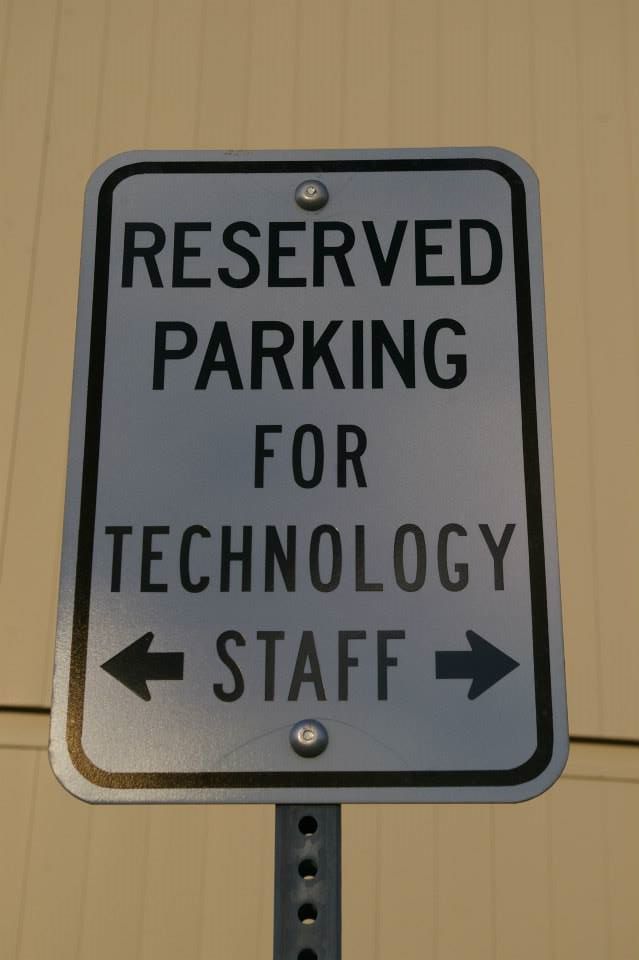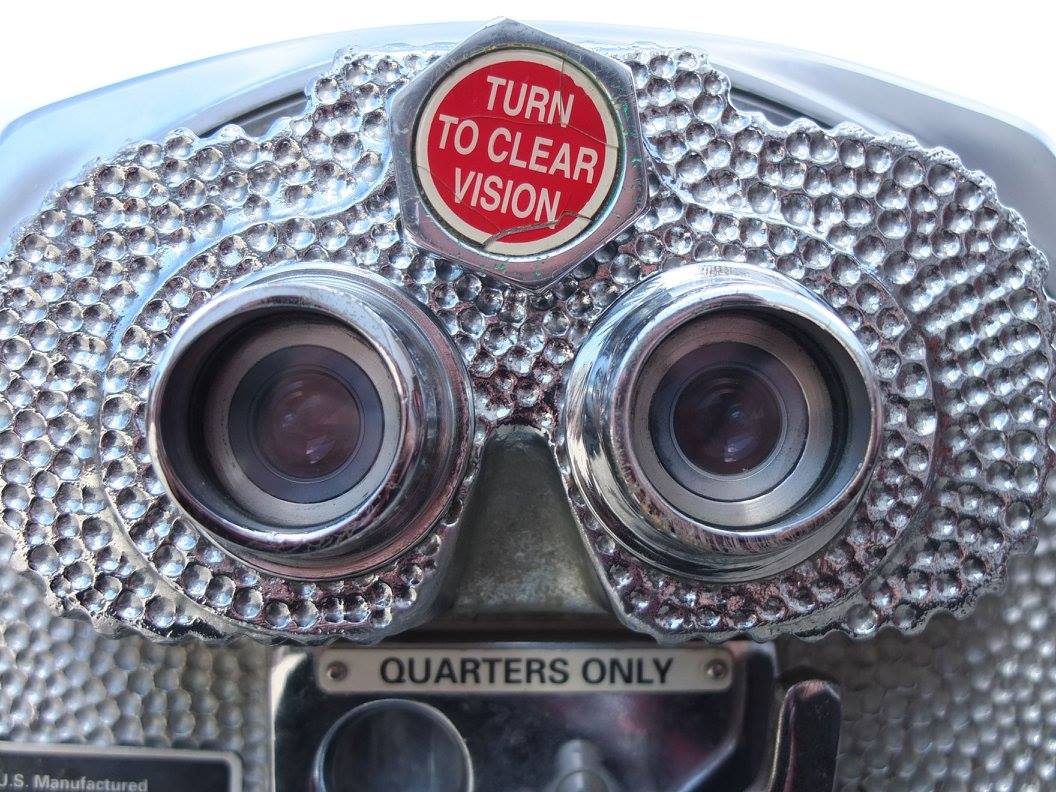Michelle Lindlar is Digital Preservation Team Leader at Technische Informationsbibliothek (TIB) in Germany
DISCLAIMER: This post is an opinion piece and by no means perfect. So, grab a hot chocolate with your WDPD slice of cake and enjoy the ride.
One of the most discussed things at iPRES2019 this year was probably Michelle Caswell’s keynote Whose Digital Preservation? Locating Our Standpoints to Reallocate Resources. As there are many people who are much smarter than I am and know much more about feminist and archival theory, this blog isn’t about the keynote. I also know little about archival appraisal – a main focus of Caswell’s talk. Instead, this is more of a personal train-of-thought / opinion-piece sparked by questions I asked myself after the keynote: “Do we discriminate in digital preservation practice? How? Why? How can we be aware of this and move towards a more social / ethical digital preservation practice?”
To tackle these questions, I first tried to think about whom we potentially exclude through choices we make in digital preservation practice. Two different groups come to mind:
- external persons interacting with the archive, most importantly producers / depositors and consumers / users
- institutions who are in involved in digital preservation and their various implementations of digital preservation workflows, in a technological as well as organizational sense
In a second step, I asked myself what categories of activities we preform, that have a potentially limiting factor for other communities / individuals. Ad hoc three different categories came to mind:
- Metadata, including descriptive as well as preservation metadata
- Technology, i.e. infrastructure choices ranging from software and file formats to storage architecture and security protocols
- Frameworks, i.e. the accepted set of rules we use to implement and measure our preservation practice
Of course this list is not exhaustive, but it can serve as a starting point. Let’s look at some examples based on these groups and category classifications:

We all agree that digital preservation is not just about technology
Discussion about limitations of descriptive metadata standards in a cultural heritage context is not new. In a digital preservation context, language / cultural / domain specific requirements of data producers may stand in juxtaposition to interoperability, robustness and sustainability. While specialized archives may easily cater to the requirements of their domain, the problem of interoperability vs. language / cultural / domain specific requirements is more likely to exist in large archives such as generic research data repositories or national libraries and archives. “But we need to be able to map it” you might say now – and “it has to last”. Yes, it does. But do we think about the limitations we impose on those depositing into our archive? I think we as digital preservationists need to be more aware of metadata limitations – a potential solution for archives with a broad collection spectrum could be to ensure that in addition to a highly interoperable schema, a domain specific source schema is enclosed in the archival package.
And what about preservation metadata? The golden standard here clearly is PREMIS and the OWL ontology has opened it up to a wider audience from an implementation and semantic point of view. Domain specific requirements in descriptive metadata might be paralleled to file format specific requirements in preservation metadata – in the case of PREMIS, this is outsourced to domain experts via extensibility mechanism. While the same mechanism exists within PREMIS (as well as in container formats such as METS), we as a domain tend to be more open to (non-)standardized extensions for technical than for descriptive information.
Technological restriction is however omnipresent within digital preservation in form of file format recommendations/requirements. Archives limit themselves to a specific number of file formats either by asking depositors to deliver information in specific formats or by normalizing incoming digital objects. By requiring specific file formats, we implicitly make an assumption of available software and, more importantly, knowledge of file format migration on the data producers’ side. We do not only potentially lose information this way – as in the example of pretty-much-anything-to-PDF/A-1-conversion – but we also explicitly exclude information based on the lack of a depositor’s capabilities. While adoption is a criterion typically used in file format sustainability analysis, it is usually approached on a universal level, risking the neglect of a specific community’s needs.

A change of perspective is always a good idea
“Sustainable / recommended file formats” is just one of many examples of standards and (un-)written best practices our community follows. We’ve built ourselves a framework between OAIS, metadata standards, certification standards and western-based IT architecture that we operate in and – more importantly – measure ourselves as well as other digital preservation implementations against. While I agree with the thought that digital preservation practice needs to be based on rigorous policies and rules, I am wondering if we are not limited by the frameworks we have erected around us. Furthermore, small or highly specialized archives are often not included in the development of standards and frameworks we base our processes on. In other words: are we open enough for other implementations? If you do not believe this to be an issue, try to discuss “digital preservation on a shoestring”, especially with institutions that have the resources for full-fledged digital preservation teams and systems.
Coming from an institution like that myself, I know how hard it is to accept implementations which are in my opinion “subpar” – and that is where I am at times guilty of discrimination. The Levels of Preservation are a great means to map these different “evolutions” of preservation to a wider ecoysystem – one, in which we should all work together and learn from each other.
I think awareness of (potential) discrimination against users/producers and other implementations in digital preservation practice currently is an uncharted field. I am hoping that we as a community will learn from the progress made in other fields – and my thanks go to the iPRES2019 folks, Michelle Caswell and the people who’ve talked to me about this issue and got me thinking about it following the event. In the end, we are the ones who always claim that “digital preservation is not a technological problem alone” and that “digital preservation is people” – if that is true, we need to be aware of whom we might be shutting out.
